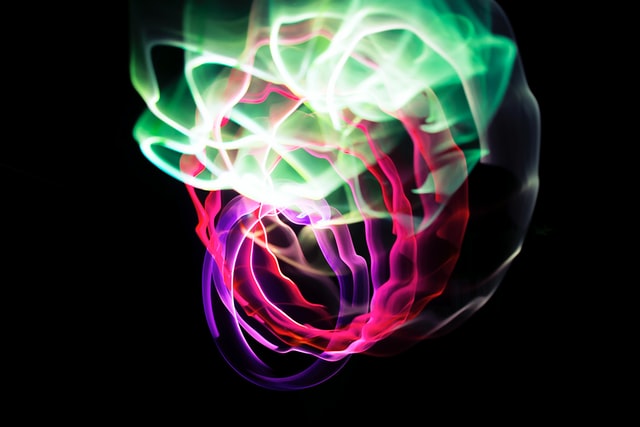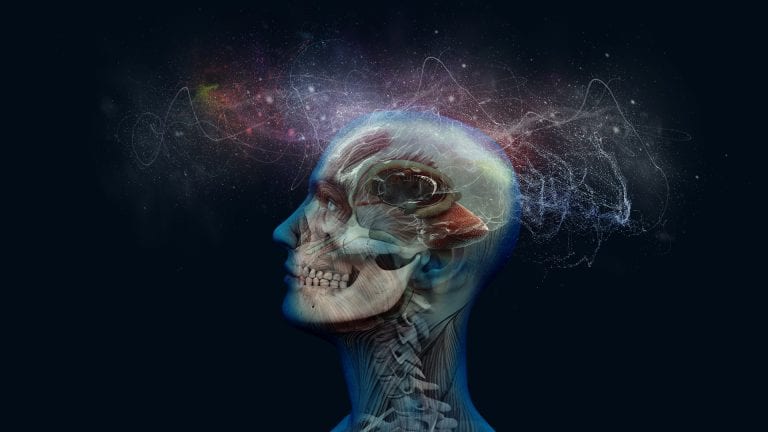N,N-dimethyltryptamine (DMT) is a component of the Ayahuasca brew traditionally used for ritual and therapeutic purposes across several South American countries.
The research examined, in vitro and vivo, the potential neurogenic effect of DMT. Our results demonstrate that DMT administration activates the main adult neurogenic niche, the subgranular zone of the dentate gyrus of the hippocampus, promoting newly generated neurons in the granular zone.

Moreover, these mice performed better, compared to control non-treated animals, in memory tests, which suggest a functional relevance for the DMT-induced new production of neurons in the hippocampus.
Interestingly, the neurogenic effect of DMT appears to involve signaling via sigma-1 receptor (S1R) activation since S1R antagonist blocked the neurogenic effect. Taken together, our results demonstrate that DMT treatment activates the subgranular neurogenic niche regulating the proliferation of neural stem cells, the migration of neuroblasts, and promoting the generation of new neurons in the hippocampus, therefore enhancing adult neurogenesis and improving spatial learning and memory tasks.
New research has come to light, first published in the journal Translational Psychiatry, is reporting on several years of animal studies showing how a psychedelic called DMT (Dimethyltryptamine) can promote brain plasticity and prompts the formation of new neurons. This new research presents evidence to suggest the hallucinogenic effects of the drug may be able to be separated from this neuron-generating mechanism.

Ayahuasca
Ayahuasca is a hallucinogenic preparation known to be consumed in shamanic and religious contexts such as ceremonies by indigenous populations in South America. People still today practice and take part in ceremonies. There are even Psychedelic tours available to experience in South American countries which I’ll talk more about in future articles. DMT is the main psychoactive compound in the psychedelic brew, and it has become the focus of an immense deal of research due to it’s profoundly powerful, but short-acting, hallucinogenic elements.
The recent awakening in psychedelic science has found psychedelics such as psilocybin can induce potent antidepressant effects. Preliminary studies investigating Ayahuasca have seen similar antidepressant benefits. It has been hypothesized that the positive mental health outcomes from these psychedelic compounds stems from their ability to stimulate new neuron production, a process referred to as neurogenesis.
What Is Neurogenesis?
Neurons are born through the process of neurogenesis, in which neural stem cells divide to produce differentiated neurons. Once fully differentiated neurons are formed, they are no longer capable of undergoing mitosis. Neurogenesis primarily occurs in the embryo of most organisms. – Wiki.
This new research, led by a team of Spanish scientists, set out to understand by what mechanism DMT could induce neurogenesis. Across several mouse experiments the study first established DMT does indeed promote acute neurogenesis, and furthermore, these new neurons can be linked to detectable improvements in the animals’ memory and cognition.
“These [new hippocampal neurons] have a functional impact since DMT treatment during 21 days clearly improved mouse performance in learning and memory tasks, in which the hippocampus is considered to play an essential role,” the researchers have written in the new study.
“These observations are in agreement with previous works showing that adult hippocampal neurogenesis plays an important role in these cognitive functions.”
Perhaps the most fascinating finding in the new research is the confirmation that this psychedelic-induced neurogenesis seems to be produced by a mechanism that is separate to that which generates the drug’s hallucinogenic effect.
The hallucinogenic qualities of most psychedelics are commonly thought to be generated through the stimulation of 5-HT2A serotonin receptors in the brain but it is still up for debate whether neurogenesis induced by psychedelics is mediated through the same serotonin receptor activity.
The new research suggests neurogenesis may be mediated through sigma-1 receptors (S1R), which prior research has established are also influenced by DMT. The study reveals the neurogenic effect of DMT could be effectively blocked when mice were administered a S1R antagonist.
“The results here obtained indicate that the observed effects of DMT are mediated by the activation of the S1R,” the researchers write in the study. In this regard, it has been shown that the stimulation of the S1R by different agonists enhances neurogenesis in the hippocampus.”
What Does This All Mean?
It’s possible the new-neuron-stimulating effect of DMT could be separated from it’s hallucinogenic and psychoactive properties. José Ángel Morales, an author on the new research, suggests this promisingly points to new research pathways investigating ways to harness the therapeutic potential of neurogenesis.
“This capacity to modulate brain plasticity suggests that it has great therapeutic potential for a wide range of psychiatric and neurological disorders, including neurodegenerative diseases,” says Morales.
Not The First Psychedelic Research Study
This research is not the first to raise the possibility of divorcing the therapeutic potential of psychedelics from their hallucinatory effects. Both the US government and commercial pharmaceutical companies are investigating ways to either moderate, or eliminate altogether, the psychedelic effect of psychedelics.
However, there is considerable debate within the psychedelic research community as to how fundamentally important the overwhelming psychoactive experience actually is to the drug’s subsequent therapeutic benefits.
Morales went on to say “The challenge is to activate our dormant capacity to form neurons and thus replace the neurons that die as a result of the disease, this study shows that DMT is capable of activating neural stem cells and forming new neurons.”
How Are Neurons Generated?
Neurons are born through the process of neurogenesis, in which neural stem cells divide to produce differentiated neurons. Once fully differentiated neurons are formed, they are no longer capable of undergoing mitosis. Neurogenesis primarily occurs in the embryo of most organisms.
If you’d like to read more into this research and topic, you can right here.

